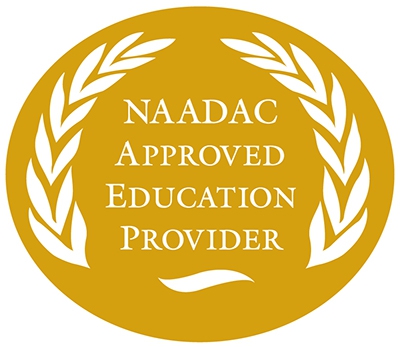
Managerial Blindness
By: Patrick Williams
Sometimes when I'm working with my clients, I hear stories about problems at work that are limited by their own selective perspectives. They can't see what they don't see, what others can see. It's called inattentional blindness. I call it managerial blindness. I've been thinking about this. It pertains do just about anything we do in life, in our careers, in our relationships. Our brains can trick us into selecting certain things to focus on. We shut out information that doesn't support that picture. We stop asking other people questions or we stop hearing them. Focusing on only one thing can prevent us from seeing other key areas—a concept known as inattentional blindness. Furthermore, an outlier or rare event may be ignored when it doesn’t appear often enough for us to learn how it will affect the system. Collectively, these problems may cause confusion and hinder job performance. Unfortunately, many companies deal with increasing complexity by further complicating their systems, adding new coordination procedures and structures. Extra layers of management or measurements only serve to decrease effectiveness.
In the September issue of Harvard Business Review, in an article called "Smart Rules: Six Ways to Get People to Solve Problems Without You," consultant Yves Morieux reports that managers in the most complicated companies spend 40% of their time writing reports and up to 60% in coordination meetings. Today’s companies, on average, set six times as many performance requirements as they did in 1955. Back then, CEOs committed to four to seven performance imperatives; today, they commit to 25–40.
Many of these requirements conflict:
- They strive to satisfy customers with low prices and high quality.
- They seek to customize offerings for specific markets and standardize them for the greatest operating return.
- They want to innovate and be efficient.
If managers are challenged with these complexities, imagine the effect on workers. People at all levels crave clarity and simplicity. A manager must navigate murky waters and emerge with plans that inspire cooperative action. It’s not that simple. Real Cooperation More than ever, leaders need input from others to grasp complexities and determine how they affect other parts of the system. This requires them to ask a lot of questions.
In Morieux’s words: “Real cooperation isn’t a matter of getting along well; it’s taking into account the constraints and goals of others.”
So true, isn't it? When we can put ourselves into the shoes of other people, we cooperate and find real solutions.




